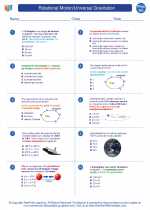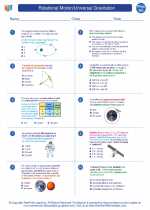Lahars: Definition and Formation
A lahar is a type of mudflow or debris flow composed of a slurry of pyroclastic material, rocky debris, and water that originates on the slopes of a volcano. Lahars can be triggered by the eruption of a volcano, or by the melting of snow and ice on the volcano's summit. They can also be generated by heavy rainfall during or after an eruption.
Characteristics of Lahars
Lahars can flow at incredibly high speeds and travel great distances, posing a significant threat to life, property, and infrastructure. This makes them one of the most hazardous aspects of volcanic activity. Due to their high density and viscosity, lahars can carry large boulders and debris, causing extensive damage along their path.
Study Guide for Lahars
- Formation: Describe the conditions that lead to the formation of lahars, including volcanic eruptions, melting snow and ice, and heavy rainfall.
- Composition: Discuss the components of a lahar, such as pyroclastic material, rocky debris, and water, and their impact on the flow characteristics.
- Impact: Explain the potential dangers posed by lahars, including their high speed, destructive power, and ability to cause widespread damage.
- Prevention and Mitigation: Explore strategies for monitoring and mitigating the impact of lahars, such as early warning systems, hazard mapping, and land-use planning in volcanic regions.
- Case Studies: Investigate historical examples of significant lahar events, their impact on local communities, and the lessons learned from these events.
Conclusion
Understanding the formation, characteristics, and impact of lahars is crucial for mitigating their destructive potential and protecting vulnerable communities near volcanic regions. By studying lahars, we can develop better strategies for hazard management and disaster preparedness.
[Lahars] Related Worksheets and Study Guides:
.◂Physics Worksheets and Study Guides High School. Rotational Motion/Universal Gravitation

 Worksheet/Answer key
Worksheet/Answer key
 Worksheet/Answer key
Worksheet/Answer key
